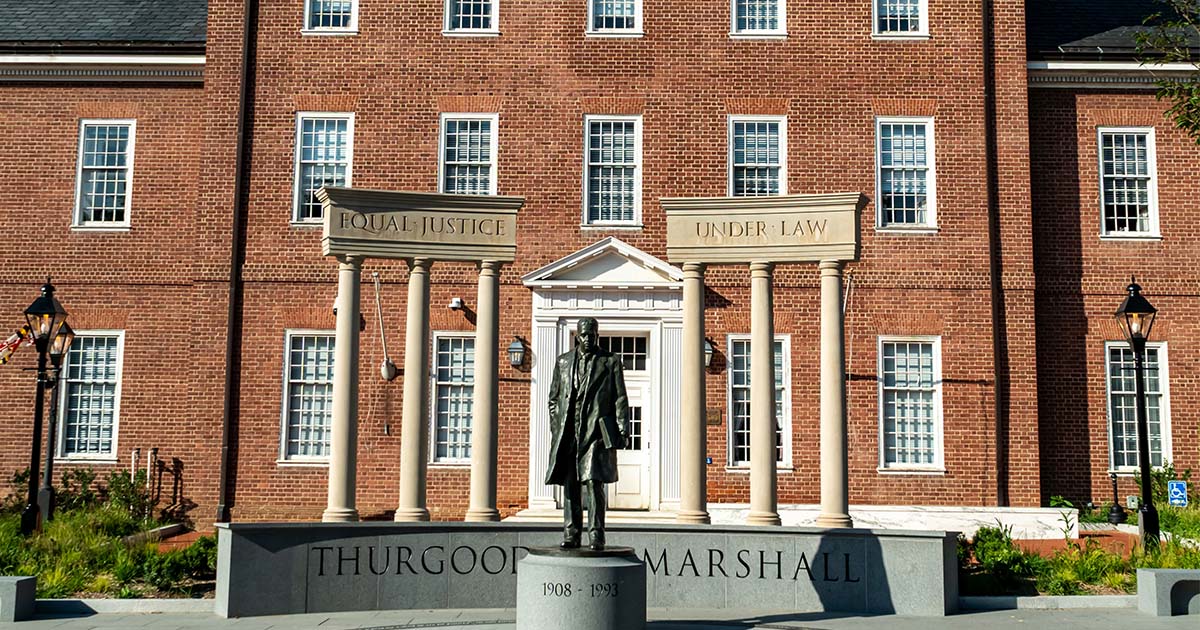On October 1, 2023, Maryland’s Child Victims Act took effect. Here, PolicyFind explains what this new law means for survivors of childhood sexual abuse, defendant institutions, and what role Insurance Archaeology can (or should) play.
Over the course of the past several years, PolicyFind has closely monitored and reported on the wave of ‘reviver statutes’ sweeping the nation. The ‘reviver statute’ or ‘look-back window’ is legislation that temporarily lifts the statute of limitations for child sexual abuse claims to be filed in civil court. These reviver statutes have been enacted for finite terms in more than a dozen states, including New York, New Jersey, California, and Arkansas.
To be clear, Maryland’s Child Victims Act is not a look-back window. This law eliminates the statute of limitations permanently; and Maryland is not alone in enacting this type of legislation, Vermont and Maine have similarly removed their respective statutes of limitations for civil matters. These measures allow adult survivors of childhood sexual abuse to file a civil lawsuit, regardless of when the abuse occurred.
As adult survivors file civil lawsuits, they often name not only the perpetrator but also the associated educational or religious institutions as defendants. According to marylandmatters.org, “Maryland Child Victims Act caps liability for public entities at $890,000 and increases the liability limit to $1.5 million for claims against private institutions for non-economic damages such as pain and suffering.” So, once a judgment is derived, where does the money come from?
With public schools and churches already in need of monetary support, without having new civil lawsuits against them, how will these, and other struggling non-profit, youth-based organizations, handle meeting these obligations? One option is insurance. This insurance is likely not the defendant organization’s current coverage, rather historical occurrence-based general liability coverage – the kind that was in place when the alleged wrongdoing occurred. This type of insurance is the same kind that would have responded to slip and fall accidents. Because of its wide range of coverage, it left a footprint. The tracing of that footprint is also known as Insurance Archaeology.
Another option for defendant institutions are those actions outlined within the Archdiocese of Baltimore’s press release, issued days before the new law in Maryland took effect. That statement outlined the organization’s pre-emptive move of filing for Chapter 11 reorganization.
Over the past several years, PolicyFind has penned many articles extolling the virtues of defendant institutions that have engaged an Insurance Archaeologist to locate and bring to bear evidence of these valuable historical occurrence-based policies. That’s because, day in and day out, PolicyFind works directly with churches, schools, non-profits, and youth-based organizations, throughout the country, to identify and reconstruct historical liability insurance programs to respond to these types of complaints.
It has often been said, and it’s true, these oft-discarded old policies are worth more than their weight in gold. PolicyFind works with defendant institutions to locate evidence of these historical insurance policies because, once identified, they provide funding to answer these complaints spanning back four, five, or six decades.
Insurance Archaeology is the practice of locating and retrieving proof of the existence, terms, conditions, and limits of lost or destroyed insurance policies. Under current and future reviver statutes and emerging new laws across the country, historical CGL policies issued to businesses, schools, churches, and other organizations, are the first line of assets to be explored to pay for claims against them.
Contact PolicyFind today to learn more about how to discover and reconstruct your organization’s historical liability insurance portfolio.

